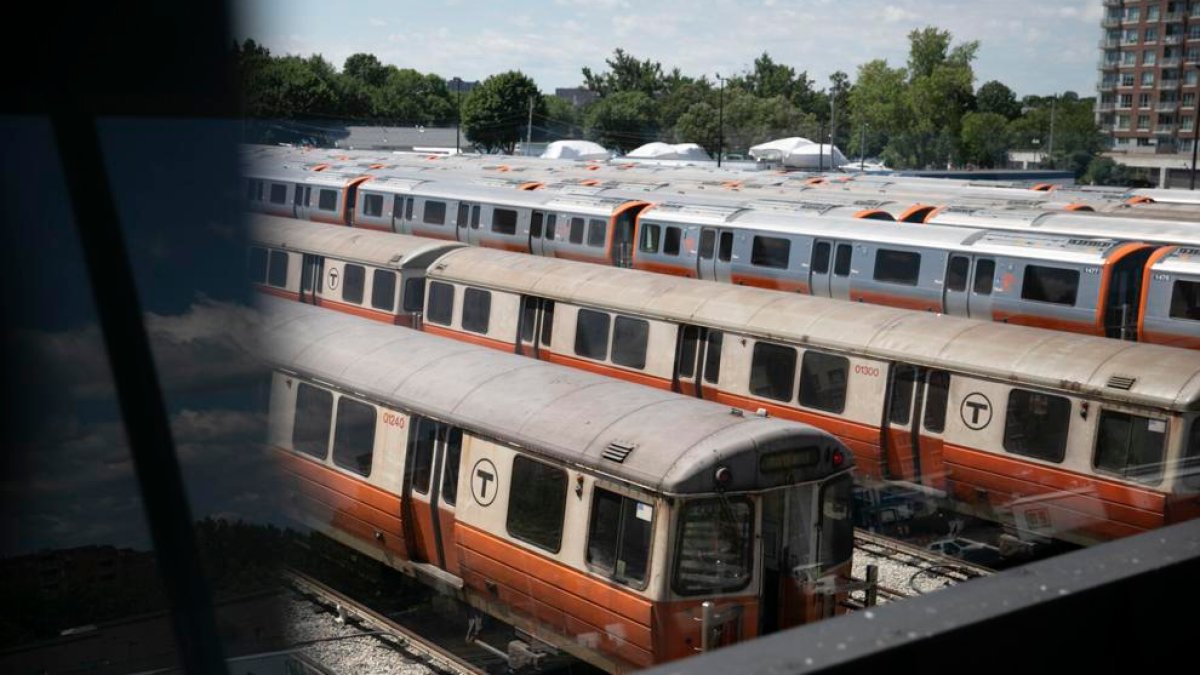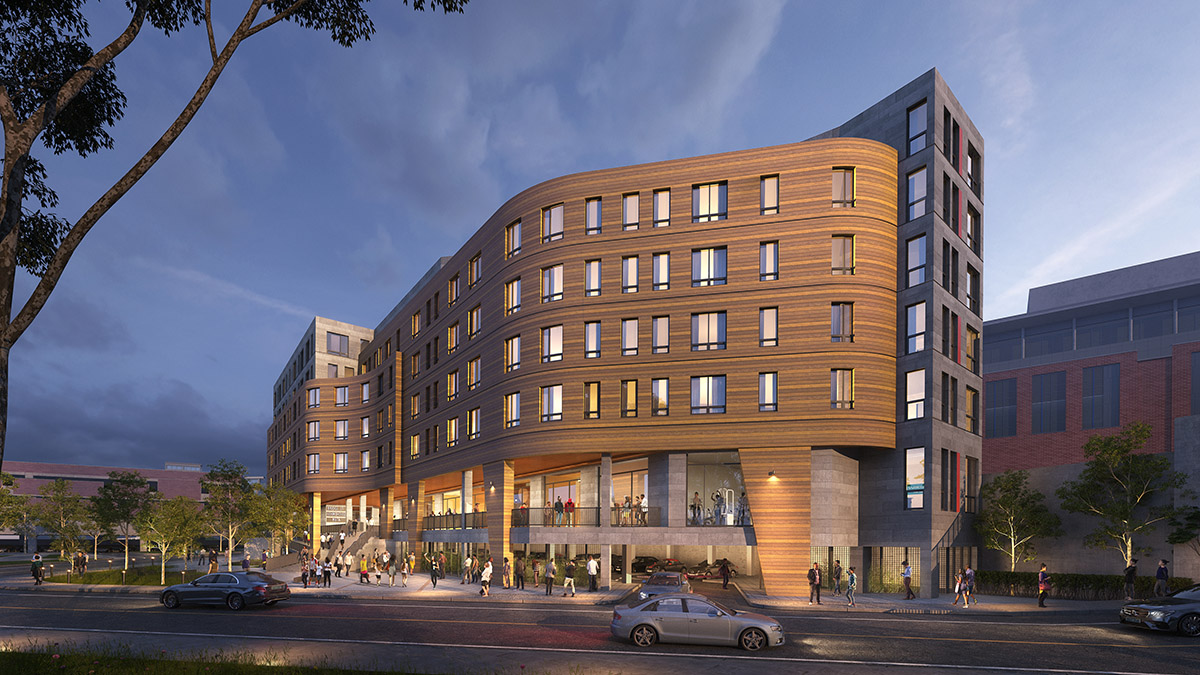Delvin4519
Active Member
- Joined
- Oct 8, 2022
- Messages
- 884
- Reaction score
- 1,536
Green Line service changes effective December 17th. Early morning trip times shift to increase overnight maintainance windows, as well as frequency decreases in the early morning hours. Certain early morning trips from Union Square will be rerouted to Heath Street for early morning service there.
 www.mbta.com
www.mbta.com
In addition, many bus routes are seeing schedule reductions, although they are listed in "departure time changes". Examples: Routes 90, 94, 96, and 501 are seeing schedule reductions, reduced frequencies, longer travel times, and service cuts. However they are incorrectly listed in "departure time changes", and not "decreased frequency".
Winter 2024 Service Changes | Previous Service Changes | MBTA
Official website of the MBTA -- schedules, maps, and fare information for Greater Boston's public transportation system, including subway, commuter rail, bus routes, and boat lines.
In addition, many bus routes are seeing schedule reductions, although they are listed in "departure time changes". Examples: Routes 90, 94, 96, and 501 are seeing schedule reductions, reduced frequencies, longer travel times, and service cuts. However they are incorrectly listed in "departure time changes", and not "decreased frequency".
Last edited:



